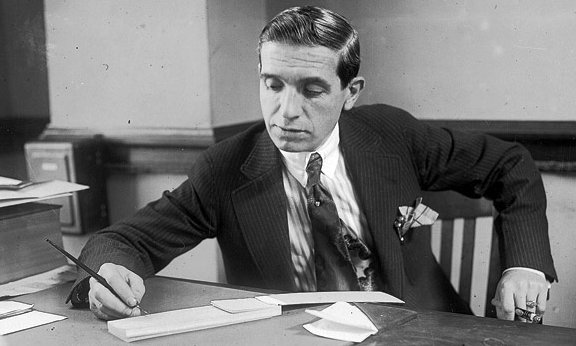Over the last several weeks, I've hit on the basics of some common forms of derivatives, including call options and put options.
But there is more work to be done. Let's go Back to the Futures.
(sorry, I'll show myself out)
Here's Futures 101!
👇👇👇
For a bit of background on derivatives, the thread below covers the basics. It may be helpful as context before diving in on this topic.
Whereas an option gives the holder THE RIGHT to buy or sell an asset, futures are AN OBLIGATION.
Tick Size: Minimum price fluctuation of contract
Contract Size: Quantity of asset in one contract
Notional Value: Contract Size * Underlying Asset Price
Delivery: Either financially settled (with cash) or physically settled (goods delivered)
Futures have two key use cases:
1⃣- Hedging
2⃣- Speculation
Let's use simple examples to look at each of them.
Imagine you are a rice farmer.
You sell your rice to Happy Fish Sushi, a chain of sushi restaurants.
If rice prices rise, that is good for you, but bad for Happy Fish. If prices fall, the opposite is true.
So you make an agreement. You will sell (and they will buy) a set amount of rice at a fixed price on the 1st day of the month.
This is a futures contract!
This is a simple example of how futures may be used to allow businesses to hedge - i.e. limit - risk.
Say I am bullish on gold prices. I think the price should be $3,000+ per ounce, but see the September futures contract is at $2,500.
I buy one contract.
September arrives and the price of gold is $3,500, just as I predicted.
I can either (a) take delivery of the gold and sell it or (b) sell the futures contract to someone who will.
I used futures to speculate on a price movement (and profited from it).
Trading in futures typically requires a margin account, which entails real risks. For a primer on margin trading, see the thread below.
That's Futures 101. If interested, we will get further into the mechanics in Futures 102.
For more educational threads on money, finance, and economics, check out my meta-thread below. Stay tuned for more!



